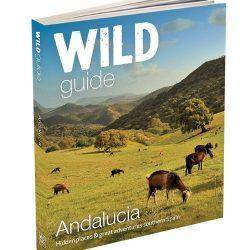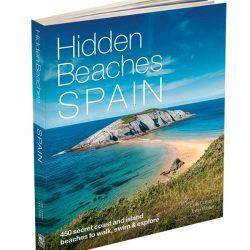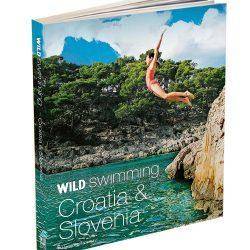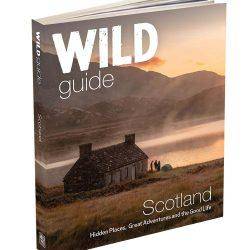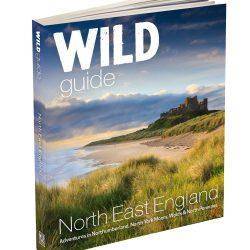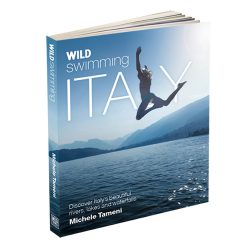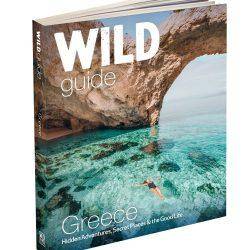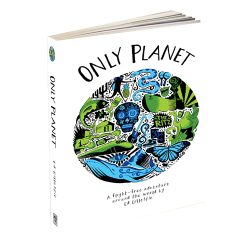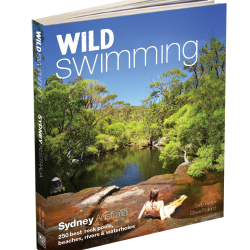Wild Guide Balearic Islands (Mallorca, Menorca, Ibiza & Formentera)
A new compendium of adventures, from the best-selling and award-winning Wild Guide series now released for the Balearics Islands – including 550 hidden places, mini-adventures and rustic places to eat or stay.
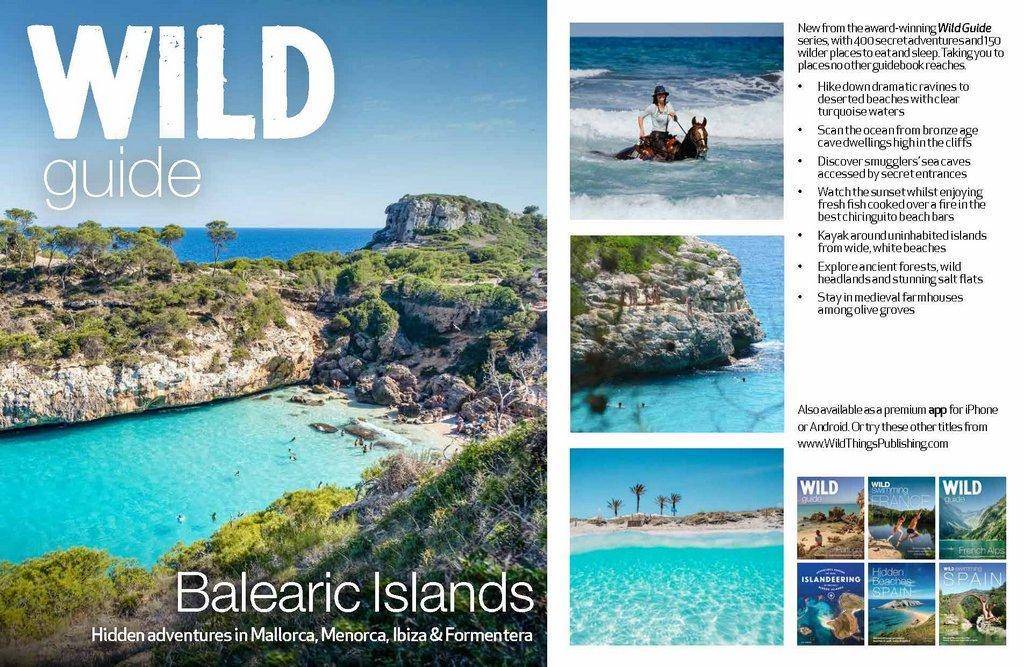
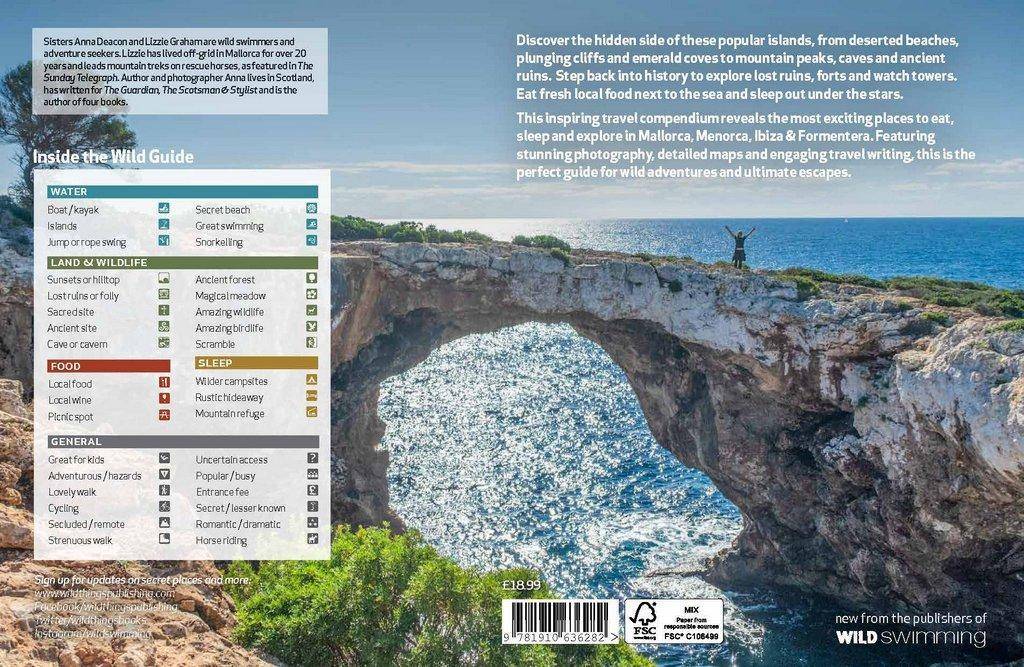
Discover the hidden side of these popular islands, from deserted beaches, plunging cliffs and emerald coves to mountain peaks, caves and ancient ruins. Step back into history to explore lost ruins, forts and watch towers. Eat fresh local food next to the sea and sleep out under the stars.
This inspiring travel compendium reveals the most exciting places to eat, sleep and explore in Mallorca, Menorca, Ibiza & Formentera. Featuring stunning photography, detailed maps and engaging travel writing, this is the perfect guide for wild adventures and ultimate escapes.
Sisters Anna Deacon and Lizzie Graham are wild swimmers and adventure seekers. Lizzie has lived off-grid in Mallorca for over 20 years and leads mountain treks on rescue horses, as featured in The Sunday Telegraph. Author and photographer Anna lives in Scotland, has written for The Guardian, The Scotsman & Stylist and is the author of four books.
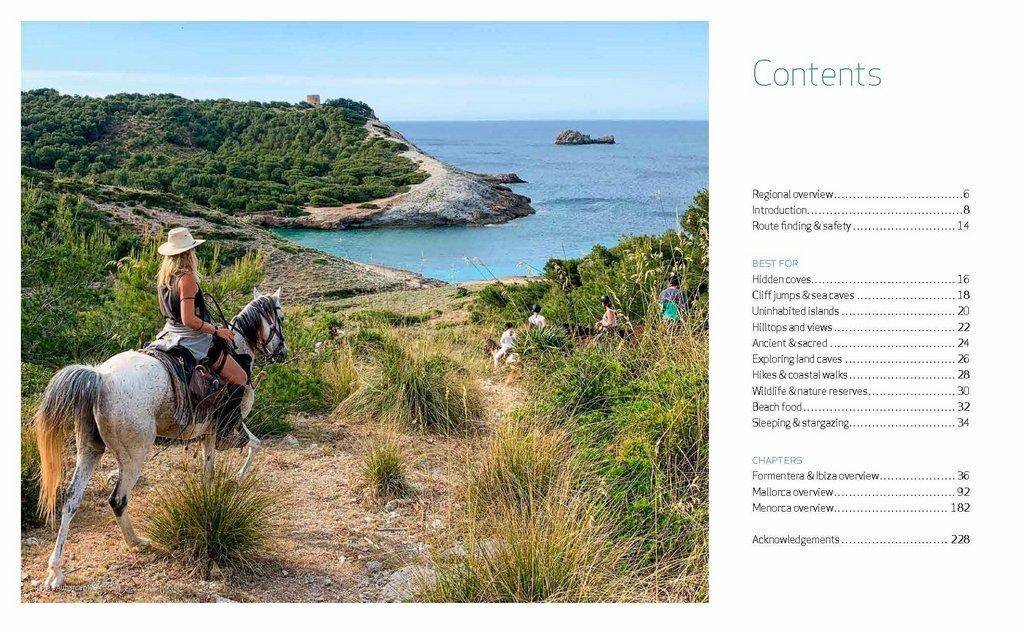
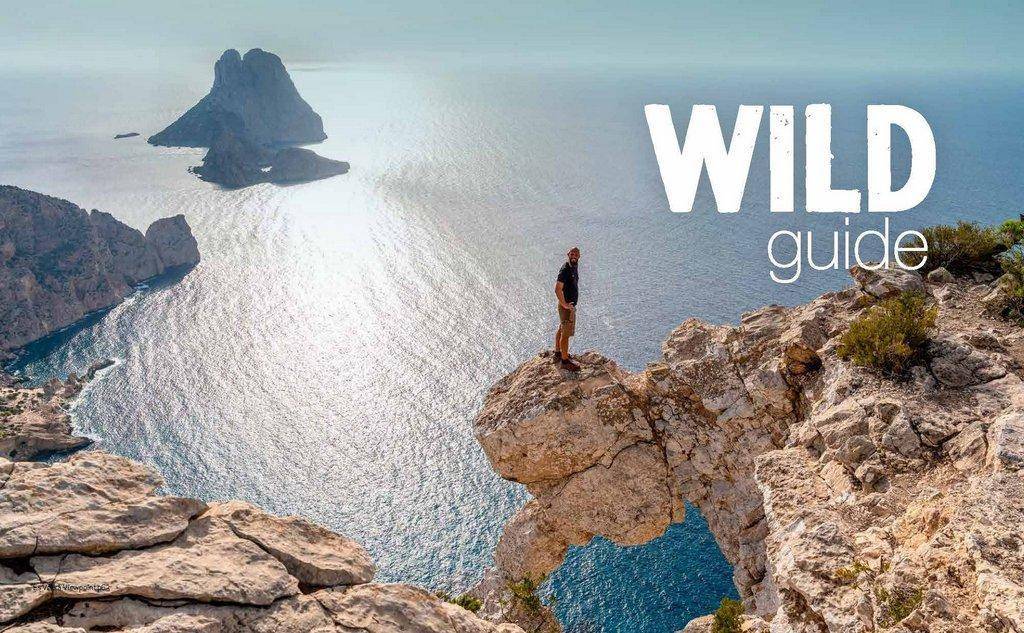
New from the award-winning Wild Guide series, with 400 secret adventures and 150 wilder places to eat and sleep. Taking you to places no other guidebook reaches.
- Hike down dramatic ravines to deserted beaches with clear turquoise waters
- Scan the ocean from bronze age cave dwellings high in the cliffs
- Discover smugglers’ sea caves accessed by secret entrances
- Watch the sunset whilst enjoying fresh fish cooked over a fire in the best chiringuito beach bars
- Kayak around uninhabited islands from wide, white beaches
- Explore ancient forests, wild headlands and stunning salt flats
- Stay in medieval farmhouses among olive groves
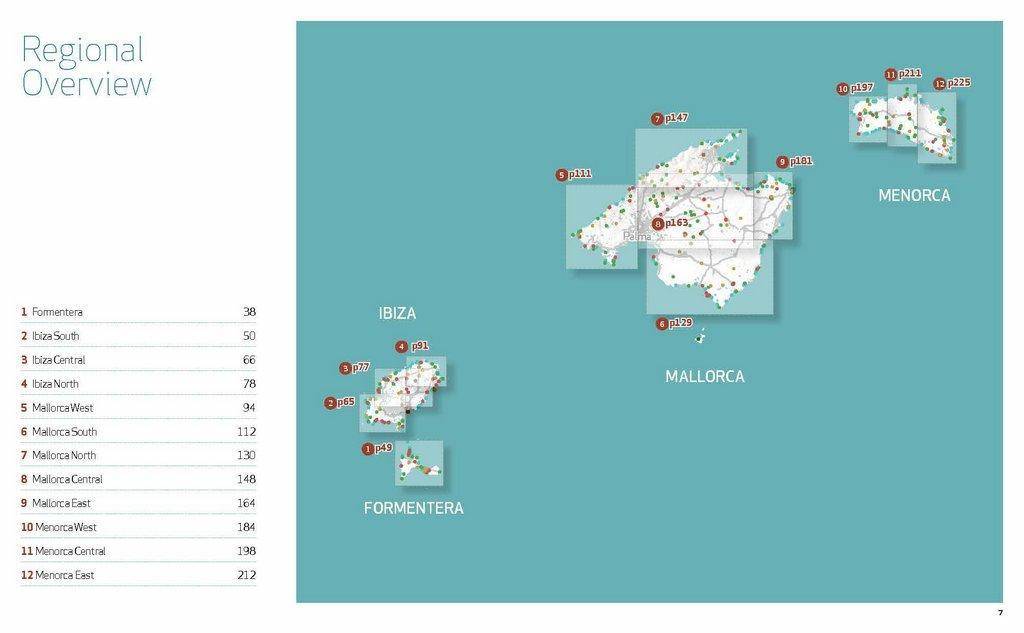
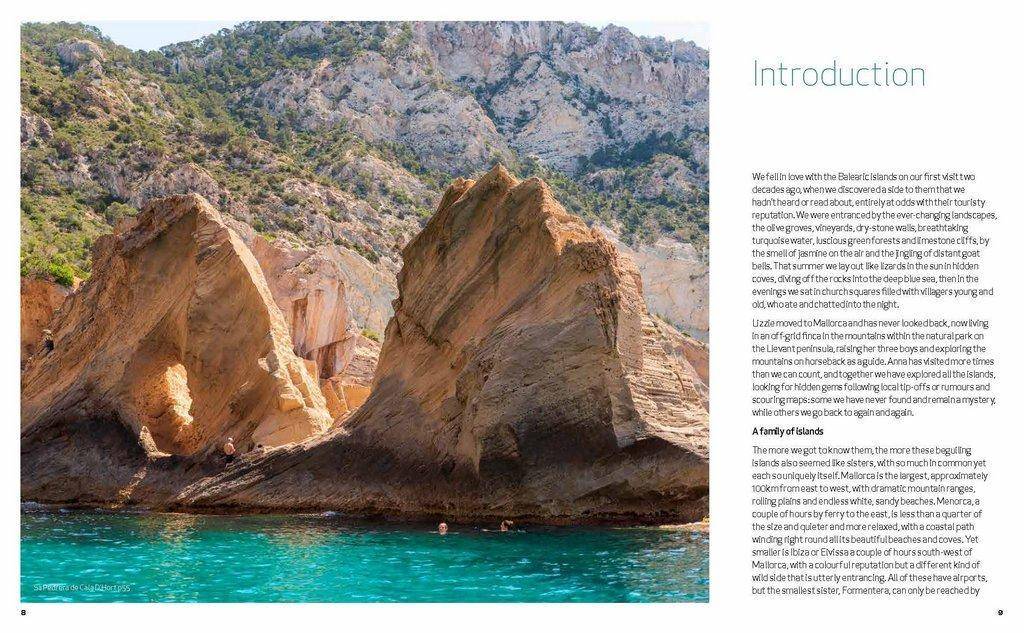
Introduction
We fell in love with the Balearic islands on our first visit two decades ago, when we discovered a side to them that we hadn’t heard or read about, entirely at odds with their touristy reputation. We were entranced by the ever-changing landscapes, the olive groves, vineyards, dry-stone walls, breathtaking turquoise water, luscious green forests and limestone cliffs, by the smell of jasmine on the air and the jingling of distant goat bells. That summer we lay out like lizards in the sun in hidden coves, diving off the rocks into the deep blue sea, then in the evenings we sat in church squares filled with villagers young and old, who ate and chatted into the night.
Lizzie moved to Mallorca and has never looked back, now living in an off-grid finca in the mountains within the natural park on the Llevant peninsula, raising her three boys and exploring the mountains on horseback as a guide. Anna has visited more times than we can count, and together we have explored all the islands, looking for hidden gems following local tip-offs or rumours and scouring maps: some we have never found and remain a mystery, while others we go back to again and again.
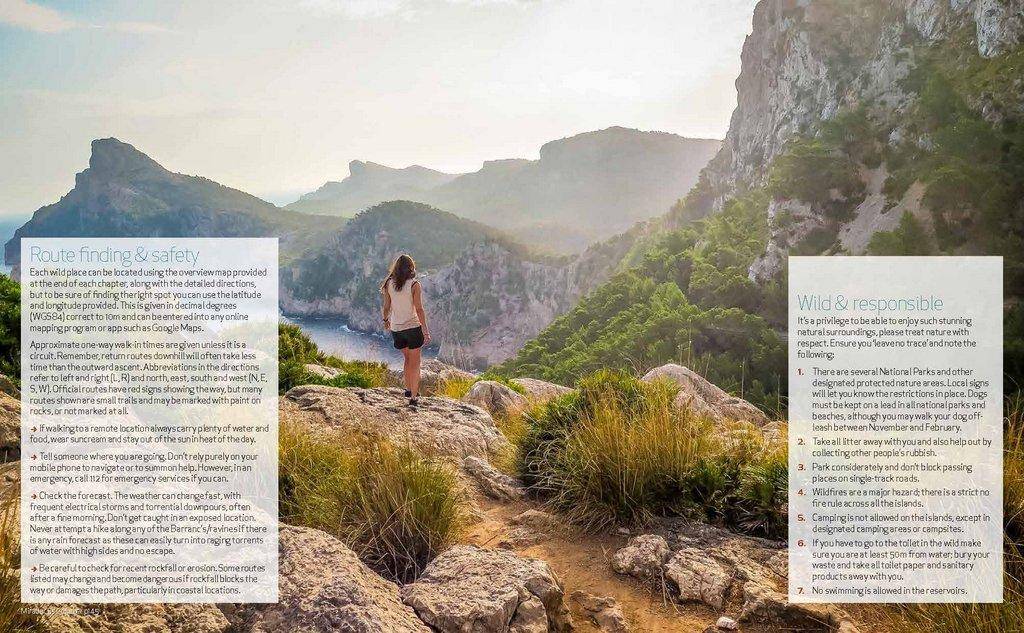
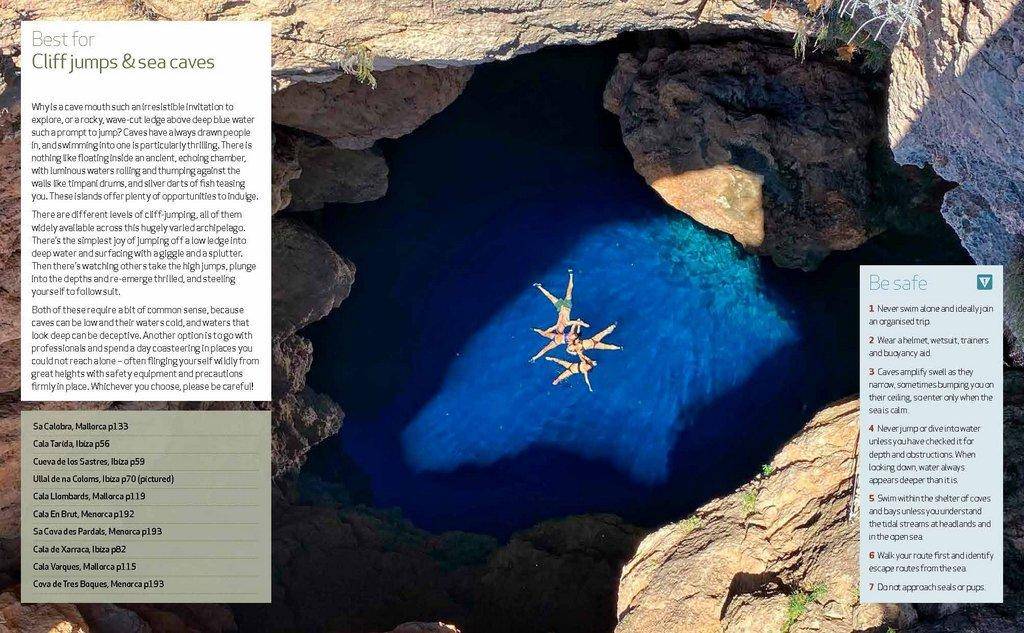
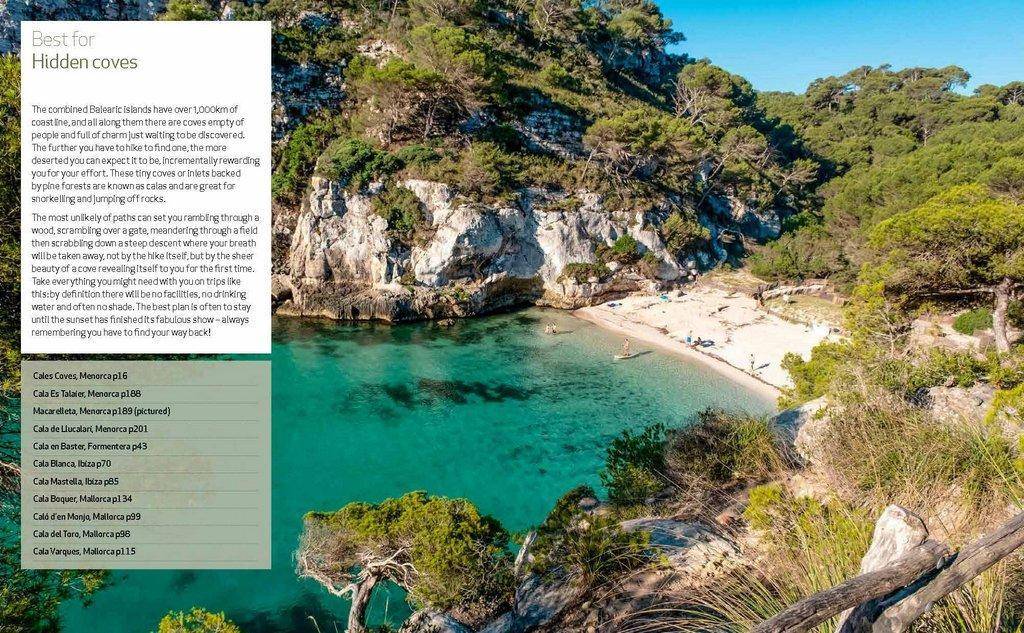
A family of islands
The more we got to know them, the more these beguiling islands also seemed like sisters, with so much in common yet each so uniquely itself. Mallorca is the largest, approximately 100km from east to west, with dramatic mountain ranges, rolling plains and endless white, sandy beaches. Menorca, a couple of hours by ferry to the east, is less than a quarter of the size and quieter and more relaxed, with a coastal path winding right round all its beautiful beaches and coves. Yet smaller is Ibiza or Eivissa a couple of hours south-west of Mallorca, with a colourful reputation but a different kind of wild side that is utterly entrancing. All of these have airports, but the smallest sister, Formentera, can only be reached by boat from nearby Ibiza. The pace of life on this gorgeous island is slow, with a hippy vibe and no big towns. There are another 147 tiny uninhabited islands in the archipelago; some, such as Cabrera and Sa Dragonera, can be visited.
Finding adventure
Almost all the tourist areas on the islands are contained in beach resorts, designed to keep holiday-makers entertained within them. Wild beauty remains protected and hidden, waiting to be discovered by those prepared to hike up goat tracks, through pine forests and along empty, rocky coastlines. We have travelled by foot, bike, car, horse and kayak: some of these destinations require caution and common sense, but a bit of adventure makes us healthier and happier travellers. This Wild Guide will help you find it.
On the coast, beyond the popular beaches are stretches kept quieter by the hike needed to reach them, sea caves and hidden coves with warm rocks to lie on. The turquoise waters that lap their shores are rinsed crystal clear by Posidonia oceanica, or Neptune’s grass, a seaweed that often washes up on beaches. Popular beaches clear this away, but it’s best left to follow its natural cycle, enriching and cleansing the marine environment, much of which is now internationally protected. Diving and snorkelling here is a dream because of it.
The ‘pine islands’ to the ancient Greeks, the Balearics have forest-clad peaks, otherworldly salt flats and dramatic gorges. These are home to all kinds of wildlife, some found only here. There are natural parks large and small, and paths to explore them all. Scattered across them you will find markers of the islands’ long and rich history: there are the unique and ancient talaiots, Phoenician tombs, Roman forts, remote monasteries and coastal watchtowers guarding against pirate attacks.
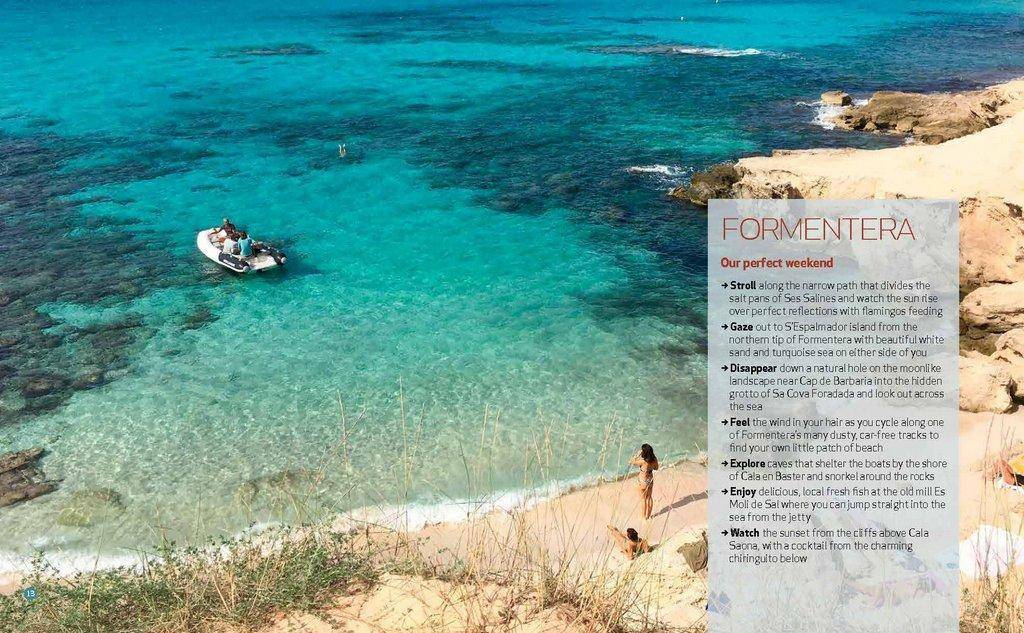
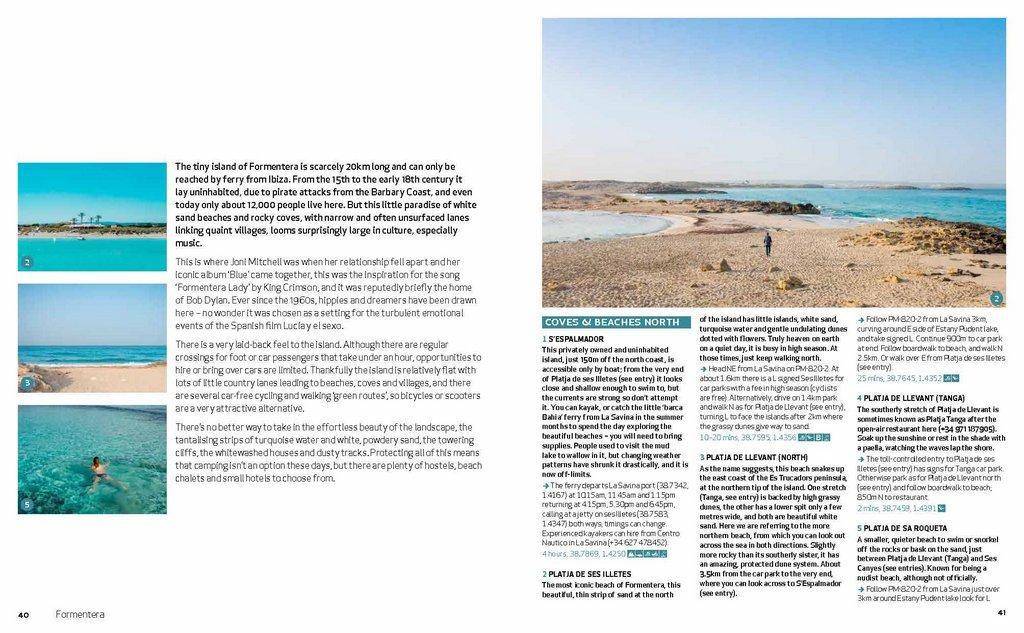
Seasonal rhythms
Life on the islands follows the same natural rhythm year after year. Spring begins in February when the almond trees are in full bloom, wildflowers explode with vibrant colours and a warm breeze signals that summer is on its way again. Summer days are long, hot and lazy, a time for indulgent siestas after lunch, with everything closing until early evening. Early mornings and late afternoons are perfect times to go in search of a hidden cove, and in the evenings the rural towns come alive with local families dining al fresco into the night. Autumn is the time to gather in harvests of grapes and figs, almonds and apricots. There is a sense of relief when the first rains come and the desert-dry landscape returns to a lush green; the sea is still warm enough for swimming and the air now cool enough for all-day exploring along mountain or coastal paths. The sun still shines brightly throughout the winter, and even the most popular beaches are empty and wild, so this is the best time to enjoy the quiet of the islands and snuggle by cosy fires in local restaurants dining slow-food style. The visiting season is heralded each year by the sunbeds going out on Easter weekend and closes when everything is packed away at the end of October; we love the islands most during the quiet period from autumn to spring.
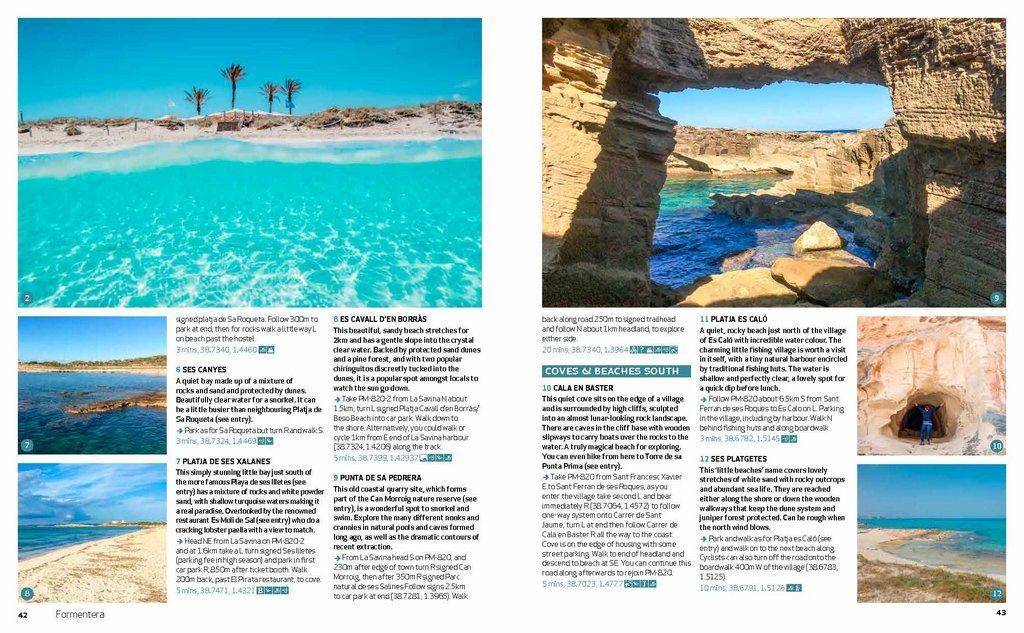
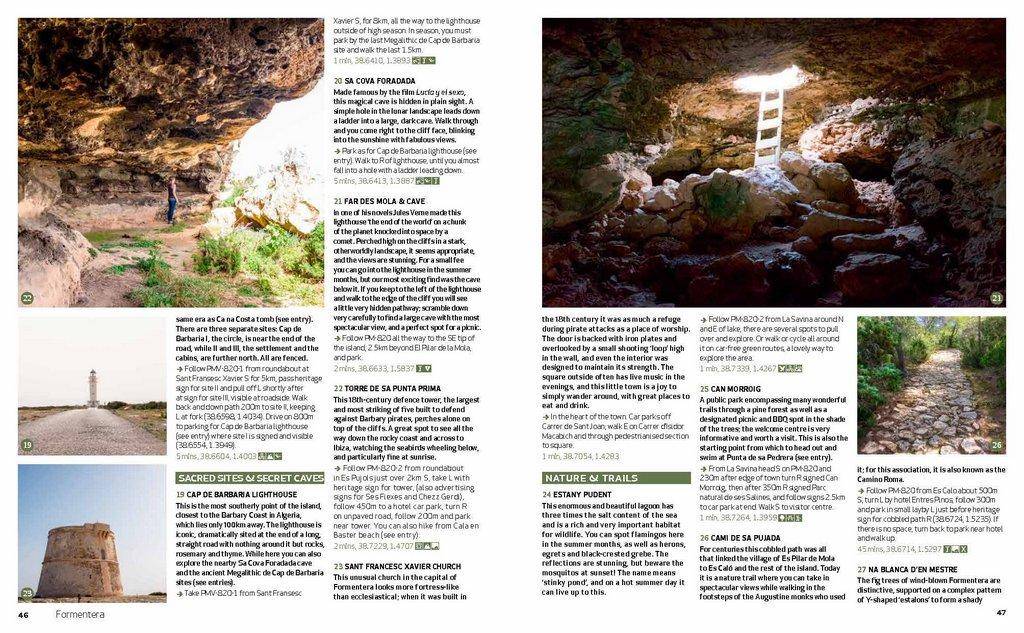
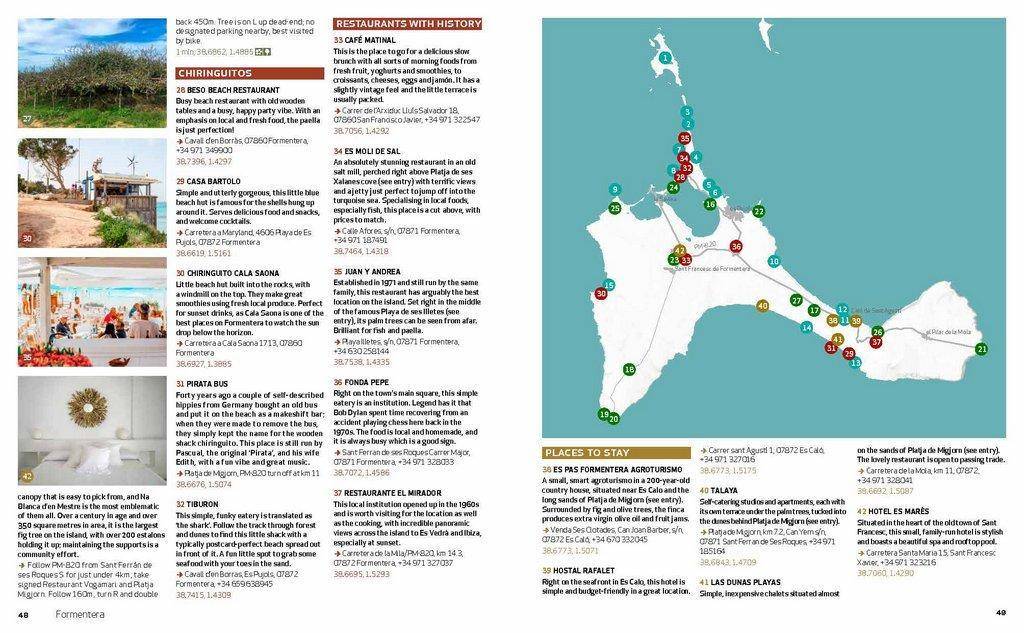
Celebration & food
Celebration is a huge part of life all year, and scarcely a week goes by without a local fiesta for some historical event, rural tradition or religious day. The islanders love to visit neighbouring towns or hop between islands, so they don’t miss out on any of them. The festivals include musicians, giants, traditional dancing, chasing devils, riding horses through the towns, juggling fire and plenty of food and wine.
Throughout the islands there are many different local cuisines, all using the abundant produce from these rich and fertile islands and intricate recipes passed down through the generations. Families and friends gather to harvest the grapes for wine in September. Matanzas are also very popular, where every scrap of the family pig is put to use, making traditional sausages like spicy sobrasada, and even the lard is used in pastries such as coca de patate or the sweet spirals of ensaimada. Foraging is very much ingrained into local culture, with locations of wild asparagus and mushrooms a well-kept secret, and on misty mornings snails are picked from wet grass and turned into a local delicacy.
The Balearic islands remain unique destinations for seekers of wild places, explorers of caves, mountain tops and underwater worlds. They are all here, waiting to be found by dreamers who long to lie under a million stars, to float in clear azure water, to walk for miles on powder-soft sand or to lose themselves in mountains and forests.
We hope you find your own paradise here, just like we have.
Anna & Lizzie
Table of Contents
Regional overview 6
Introduction 8
Route finding & safety 14
Best fors:
Hidden coves 16
Cliff jumps & sea caves 18
Uninhabited islands 20
Hilltops and views 22
Ancient & sacred 24
Exploring land caves 26
Hikes & coastal walks 28
Wildlife & nature reserves 30
Beach food 32
Sleeping & stargazing 34
Acknowledgements 228
Formentera & Ibiza overview 36
1 Formentera 38
2 Ibiza South 50
3 Ibiza Central 66
4 Ibiza North 78
Mallorca overview 92
5 Mallorca West 94
6 Mallorca South 112
7 Mallorca North 130
8 Mallorca Central 148
9 Mallorca East 164
Menorca overview 182
10 Menorca West 184
11 Menorca Central 198
12 Menorca East 212
Also available as a premium app for iPhone or Android.


